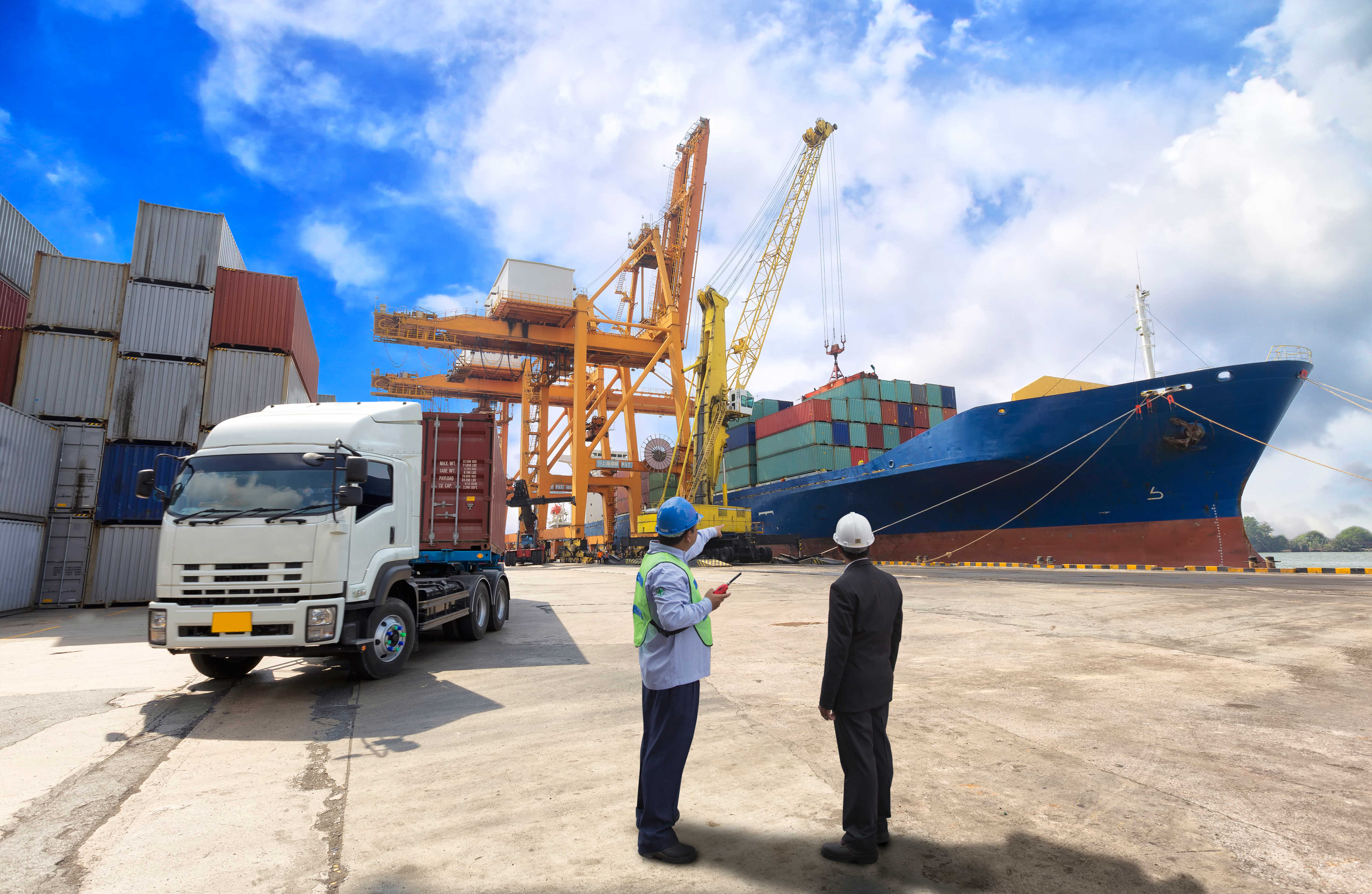Do you know what do you need to file a formal customs entry? First, you should identify which port your goods are coming into and contact that specific port’s customs. You should have your commercial invoice available when you call. Commercial invoices are not required if the importation is not intended for sale or for certain other situations. You should also ask if there are any special requirements or forms that your shipment apply, for example: quota, visa, FDA, EPA, DOT, and if the merchandise being imported qualifies for any special tariff programs such as GSP or NAFTA.

Finally, ask about the limit of liability you will require for a Customs bond, and what type of bond you should get. No more than a week before the expected goods arrive into port, or no later than 10 days after arrival, fill out CBP forms 5106 (Request for Importer Number, or Notification of Importer Number), 7501 (Entry Summary) and Release Document. Purchase a Customs bond (or be prepared to post cash in lieu of bond). Bring the paperwork and bond to the CBP port, entry branch, and ask an entry specialist to review your completed documents. Once the information review, submit all document along with the invoice, packing, BL, arrival notice and a check drawn on a U.S. bank or cash for payment of duty and fees.
The invoice must show tariff classifications(s) and duty rate(s) which must match blocks 30A and 34A on the CBP Form 7501.You will be told how it will take for customs release and usually 8 working hours. After processing, your release document will either have an Officer’s signature authorizing release of the goods, or a stamp designating the shipment for examination. Shipments that require examination may have to be carted – under bond – to an exam site for inspection before release (you will incur a charge for this) Your entry may not be formally liquidated for up to one year after your goods are released. Until CBP formally liquidates your entry, your bond, or cash, will be held as surety that your importation was not in violation of any U.S. laws or regulations.
If the goods are not claimed and entry is not filed within 15 days after the arrival, the goods will be transferred to a general order warehouse (GO) and are subject to storage fees. After six months the goods will be sold at public auction.
Importers bringing merchandise into the United States for consumption must place their goods in a bonded facility while entry is filed with Customs. Goods remaining in a bonded facility for fifteen calendar days without an entry filed will be moved to a Customs approved, GO (General Order) bonded warehouse. There the goods will remain for six months from the date of import. If after six months, the goods have not been documented and duties/fees paid, they will be sold at auction, donated to charity or retained by the Government. Bonded warehouses must notify Customs of un-entered goods not later than 20 calendar days from the date of arrival in the port of import. Warehouse/vessel operators failing to report un-entered merchandise are subject to a penalty of up to one thousand dollars per bill of lading.




